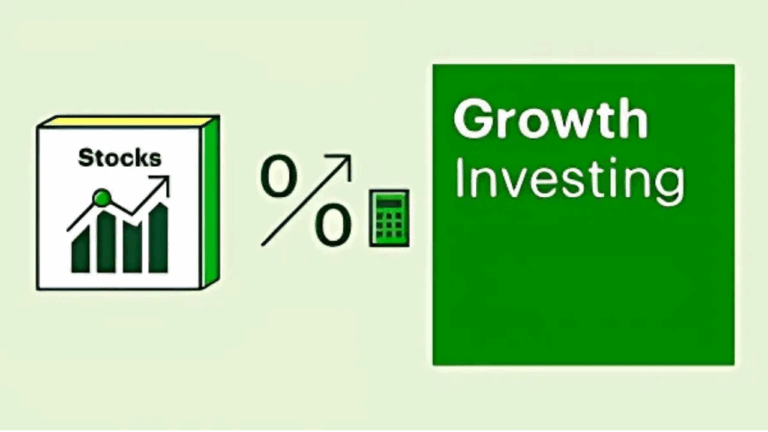Understanding Risk Management in Investments: A Smart Guide for Indian Investors
Investing is a great way to build wealth, but it comes with risks. Whether you’re putting money into stocks, mutual funds, gold, or even real estate, there’s always a chance of loss. That’s why learning about risk management is important — especially in 2025, when markets are changing fast.
At Entrepreneurs, we bring you this simple guide to help Indian investors understand how to manage risk and make smarter decisions with their money.
What Is Risk in Investment?
Risk in investment means the chance that your money might not grow the way you expect — or worse, that you could lose it. But not all risks are bad. Some can bring higher returns. The key is to balance the risk and reward according to your financial goals.
For example:
- Stocks may give high returns, but they also go up and down.
- Bank FDs are safer, but returns are low.
- Mutual funds spread your money across many assets, which reduces risk.
Types of Risks You Should Know
Here are some common types of risks that every investor should understand:
| Risk Type | What It Means |
| Market Risk | When prices fall due to economy or news events |
| Inflation Risk | When rising prices reduce your money’s value |
| Liquidity Risk | When you can’t sell your investment quickly |
| Credit Risk | When companies or borrowers can’t repay loans |
| Interest Rate Risk | When changing interest rates affect returns |
Knowing about these helps you avoid surprises.
Why Is Risk Management Important?
If you invest without understanding risk, you may:
- Lose money during market crashes
- Panic and make poor decisions
- Miss long-term gains by exiting early
Good risk management helps you invest with confidence and stay calm in tough times.
Easy Risk Management Tips for Indian Investors
1. Diversify Your Investments
Don’t put all your money in one stock or asset. Mix it up — equity, gold, fixed deposits, real estate, and mutual funds. This way, if one fails, others can balance your loss.
2. Know Your Risk Profile
Are you a risk-taker or prefer safety? Young investors usually take more risk, while retirees focus on stable returns. Choose investments based on your age and financial goals.
3. Invest Through SIPs
Systematic Investment Plans (SIPs) let you invest small amounts regularly. This helps average out the market ups and downs and reduces risk over time.
4. Set Emergency Fund Aside
Before investing, keep 3–6 months of living expenses in a savings account or liquid fund. This avoids panic selling if something urgent happens.
5. Review and Rebalance
Check your portfolio every 6 months. If one investment is growing too much or too little, shift your money to maintain balance.
Real-Life Example
Neha, a 32-year-old from Ahmedabad, invested ₹5 lakh in stocks during the 2020 bull market. But when markets dropped in 2022, she panicked and sold at a loss. Now, she invests in index funds via SIPs, holds 30% in FDs, and reviews her plan every quarter.
Her takeaway? “Managing risk saved me more than chasing returns ever did.”
Final Words from Entrepreneurs
Investing is not gambling — it’s a planned journey. By understanding the risks and managing them wisely, you can protect your hard-earned money and let it grow peacefully over time.
- Don’t chase quick profits
- Think long-term
- Stay informed and balanced
For more helpful guides, expert opinions, and updates on investing, follow Entrepreneurs — your reliable source for financial wisdom made simple.







